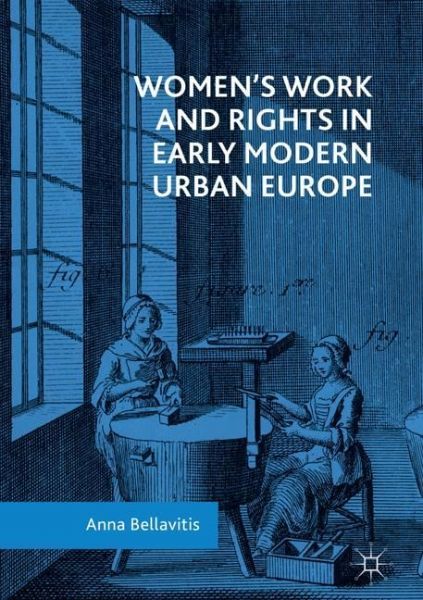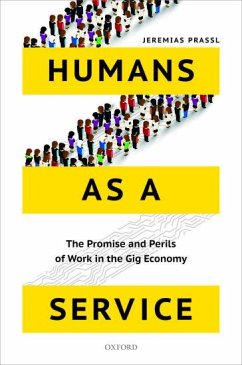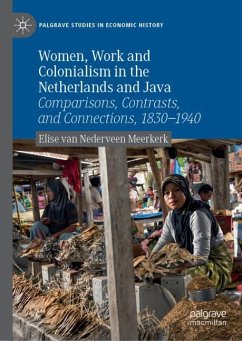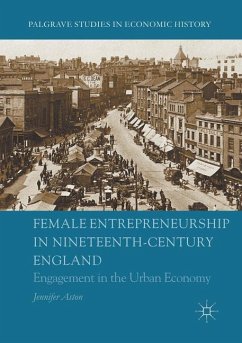
Women's Work and Rights in Early Modern Urban Europe
Versandkostenfrei!
Versandfertig in 6-10 Tagen
83,99 €
inkl. MwSt.
Weitere Ausgaben:

PAYBACK Punkte
42 °P sammeln!
In the last decades, women's role in the workforce has dramatically changed, though gender inequality persists and for women, gender identity still prevails over work identity. It is important not to forget or diminish the historical role of women in the labour market though and this book proposes a critical overview of the most recent historical research on women's roles in economic urban activities. Covering a wide area of early modern Europe, from Portugal to Poland and from Scandinavia to the Mediterranean, Bellavitis presents an overview of the economic rights of women - property, inherit...
In the last decades, women's role in the workforce has dramatically changed, though gender inequality persists and for women, gender identity still prevails over work identity. It is important not to forget or diminish the historical role of women in the labour market though and this book proposes a critical overview of the most recent historical research on women's roles in economic urban activities. Covering a wide area of early modern Europe, from Portugal to Poland and from Scandinavia to the Mediterranean, Bellavitis presents an overview of the economic rights of women - property, inheritance, management of their wealth, access to the guilds, access to education - and assesses the evolution of female work in different urban contexts.














